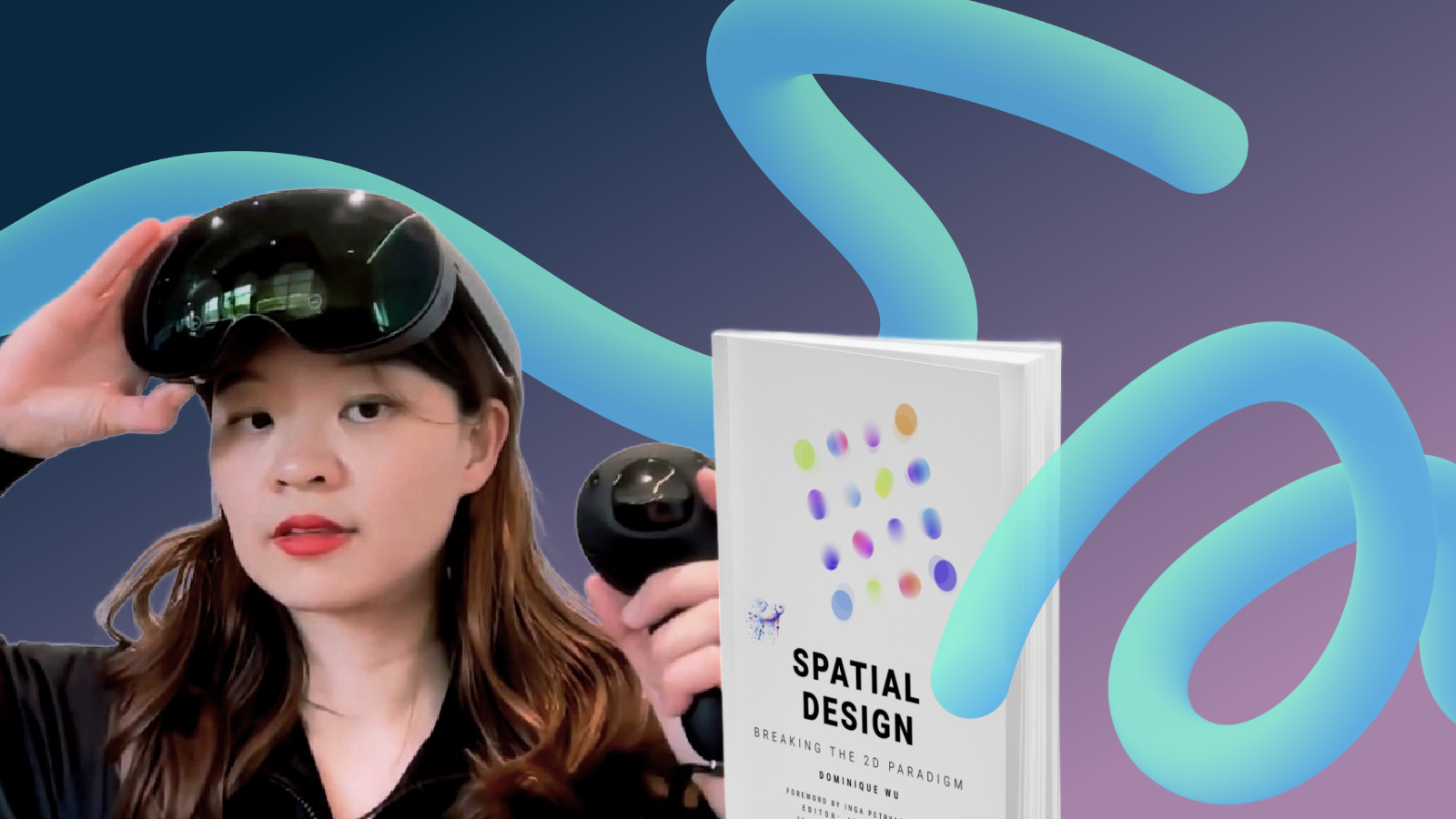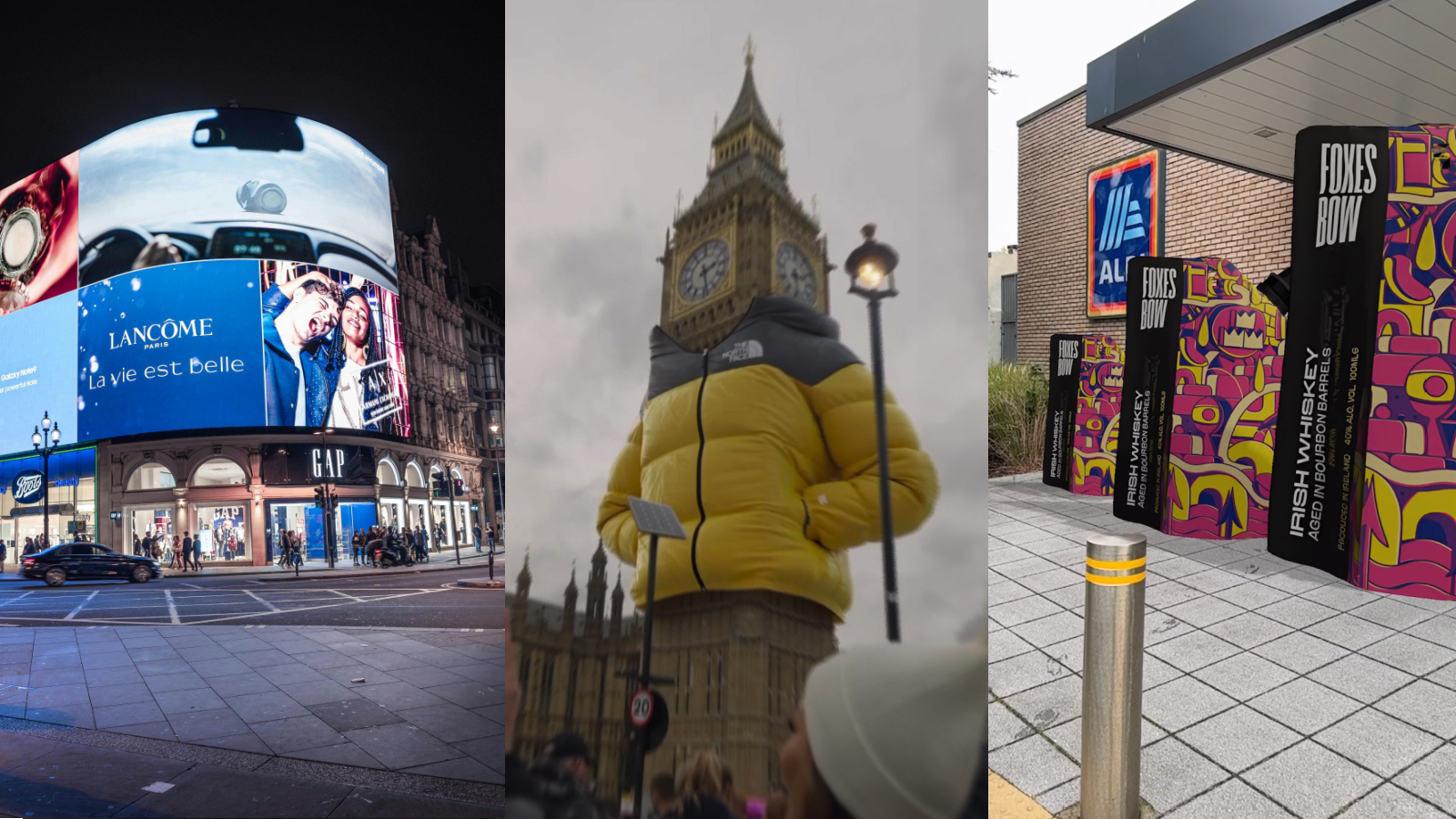How Augmented Reality Is Transforming the Museum Experience
Augmented reality (AR) is often associated with futuristic exhibitions inside museums, but its true power lies in bringing stories to life anywhere. Whether it is a centuries-old fortress, a quiet city street, or an art gallery courtyard, AR is transforming how visitors connect with culture and place.
From Exhibits to Experiences
Traditional museums protect artefacts behind glass. AR removes those boundaries and lets visitors experience history or art in its original setting. Imagine standing where a ship once docked and seeing it reconstructed before your eyes, or watching an artwork extend beyond the canvas into your surroundings. This is spatial storytelling, connecting people to place through immersive technology.
We have used AR to turn both indoor and outdoor spaces into living museums. Projects like the Spike Island Digital Story Trail in Cork and Maser’s AR artwork at the RHA Gallery in Dublin blend storytelling, design, and mobile technology to create experiences that rival any museum exhibit.
Why Cultural Organisations Are Turning to AR
Museums, heritage boards, and arts organisations are embracing AR because it:
- Brings history and art to life through visual reconstruction and digital layers
- Engages younger audiences who expect interactive digital experiences
- Improves accessibility with translations, captions, and sensory-friendly options
- Creates lasting impact through emotional, memorable storytelling
These experiences are designed not just to inform but to immerse, allowing visitors to explore narratives at their own pace.
Turning the World Into a Living Museum
AR gives cultural sites and galleries the chance to share their stories without walls or display cases. It enables small towns, archives, and artists to reach global audiences using only smartphones and imagination. A walking trail can become a gallery. A park can become a stage. Every place has the potential to tell its story through AR.
The Future of Museum Storytelling
As technology advances, museums are no longer limited to their buildings. They are extending their collections into the world, using AR to connect physical spaces with digital narratives. Our work in spatial storytelling shows how these experiences can inspire learning, emotion, and a deeper connection to place anywhere on the map.
Want to explore how AR could bring your stories to life? Get in touch to start the conversation.


.jpg)







